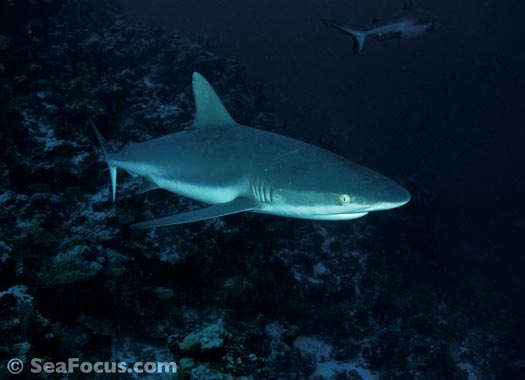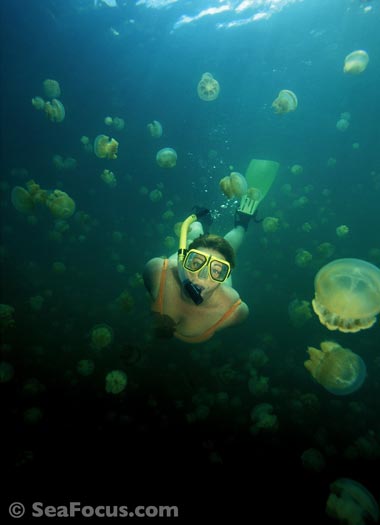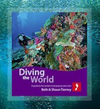
|
|
||||||||||||||||||||
| Diving in the Republic of Palau | ||||||||||||||||||||
 |
||||||||||||||||||||
|
Flying in to Palau, you get your first view of just how breathtaking the island landscape is. It's quite a sight especially when you know you are about to dive there! Palau sits between the North Pacific Ocean and the Philippine Sea so the marine life is influenced by both. Geographically, the islands are either limestone or volcanic in origin. Nearly all are ringed by reefs with steep walls that are sometimes perforated by caves and tunnels. The variety of dive styles is incredible with wrecks, reefs and caves to explore. Most scuba diving takes place around the islands to the south of the chain: Koror (the capital), Malakal, (the harbour) and Peleliu island in the far south. The lagoon near Malakal has enough wrecks to give Chuuk (Truk Lagoon) a run for its money but Palau's major attraction is her pelagic life. Dives like Blue Corner are a magnet for sharks, barracuda, jacks and rays although the currents can be strong. Famous Jellyfish Lake is in the limestone Rock Islands. Being able to snorkel with literally millions of velvet-soft jellyfish is an unmissable experience. |
||||||||||||||||||||
| PALAU image gallery | Scuba diving features | |||||||||||||||||||
|
||||||||||||||||||||
| INFORMATION | ||||||||||||||||||||
|
PROS and CONS
|
If you live in Europe, flying to Palau is a long haul and flights can be costly. It's easier for those in America and Asia. New inbound airlines have improved access for everyone recently so if you want to see pelagic species, Palau is definitely worth the trip. Hopping on a liveaboard means you can make the most of your time – and for even better value go to Yap or Chuuk (Truk Lagoon) at the same time. |
|||||||||||||||||||
|
SCUBA DIVING
|
Conditions in Palau can vary. There are strong currents at times around the channels but that is what attracts the sharks and manta rays to famed dive sites like Blue Corner and German Channel. Visibility is usually excellent. | |||||||||||||||||||
|
OPINION
|
This may well be a once in a lifetime destination but you really do have to do it. We planned a three week long trip to do Palau, Yap and Truk together but combining them wasn't easy. At the time, liveaboard schedules for Palau and Truk did not coordinate so we slipped Yap in between. Diving there is land-based so it's easy to add a few days in between the other islands. | |||||||||||||||||||
|
. UPDATE
|
We returned to this region in May 2013. There didn't seem to be any substantial changes to the diving styles or sites. However, Peleliu island in the south was hit by Typhoon Bopha in late November 2012 so some dives there are now avoided. However, there was no visible difference to the rest of the dive sites, to the extent that certain creatures mentioned in our 2005 log books are still in exactly the same places! | |||||||||||||||||||
| MAP | EXPLORE | |||||||||||||||||||
|
|
|
||||||||||||||||||
|
|
||||||||||||||||||||
















